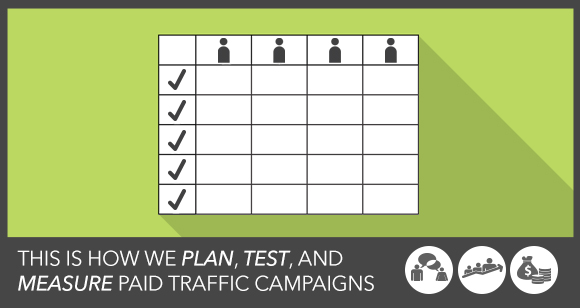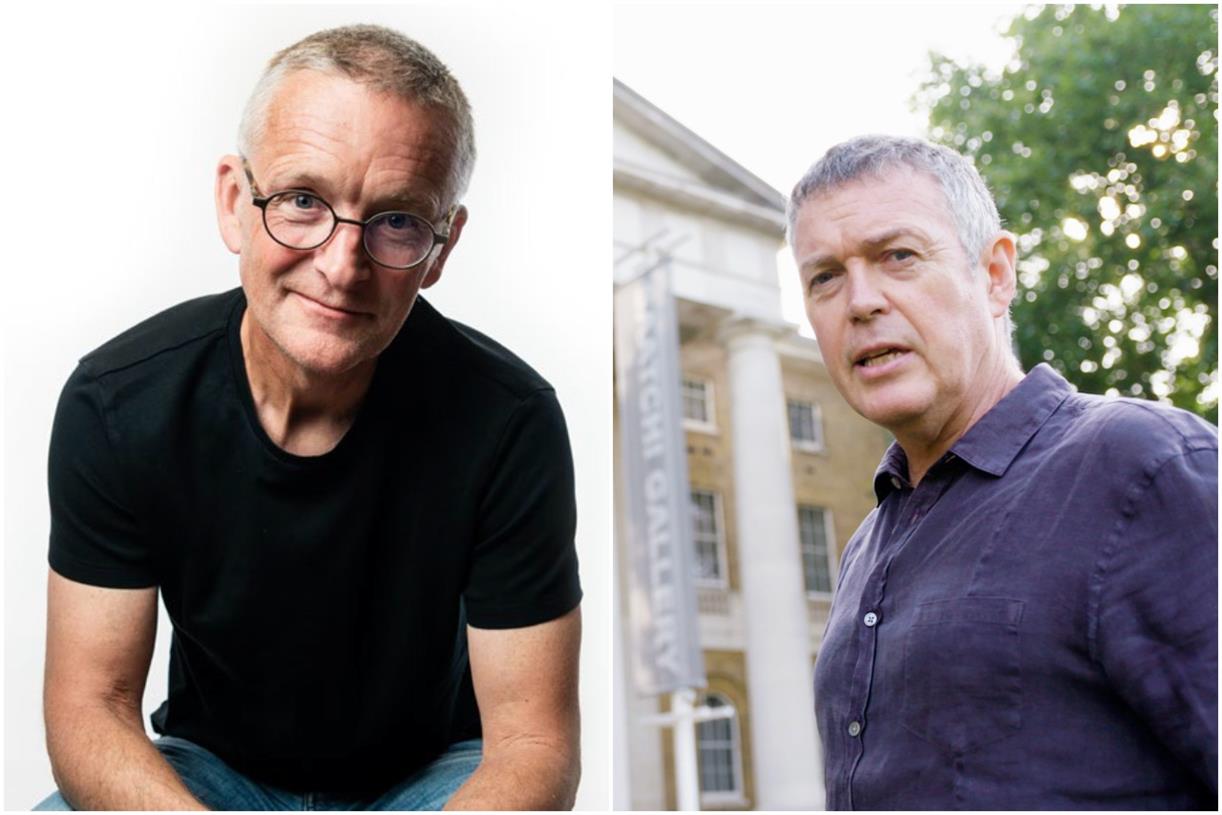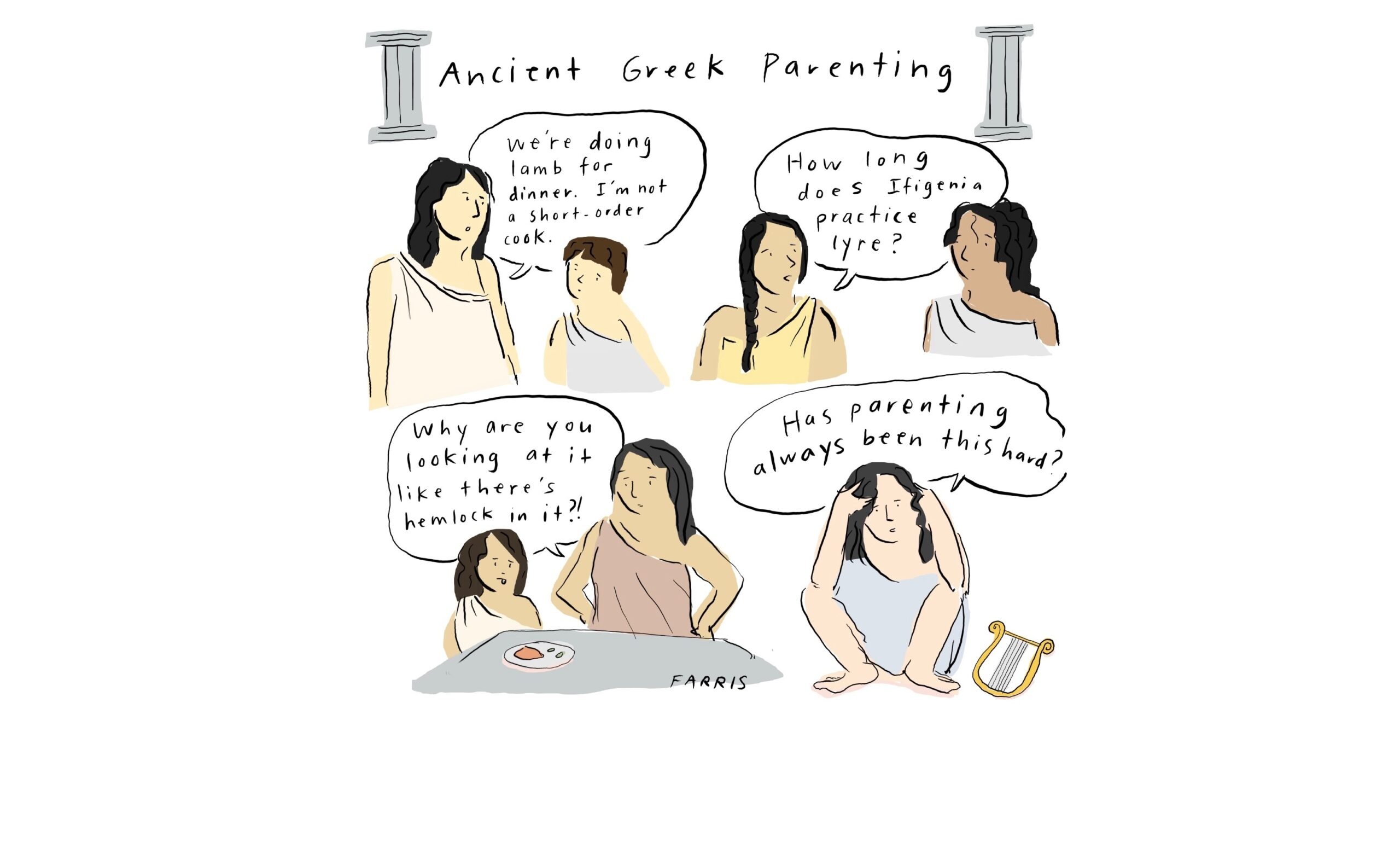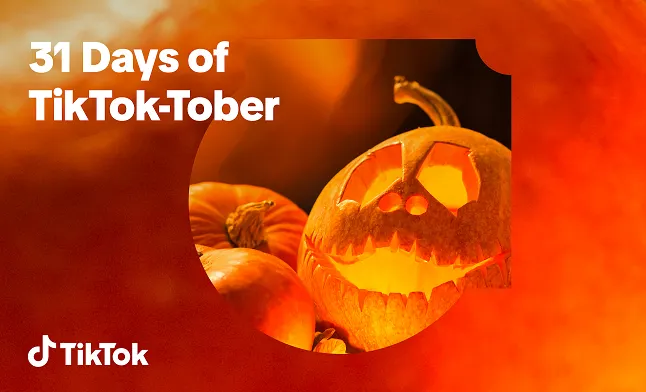TikTok Shares Insights Into Its EU Election Integrity Efforts
TikTok has provided an overview of how its election integrity measures performed.

TikTok has shared a new overview of its election integrity efforts during the recent EU election period, and the impact of its various measures, designed to limit misinformation and keep voters informed during the process.
Which could be seen as a precursor to the upcoming U.S. Election, and how TikTok plans to tackle the same challenges in America. And with 170 million U.S. users, and both Presidential candidates making TikTok a focus, TikTok could indeed play an important role within the broader campaign.
First off, on content removals, and violations of its election integrity rules. TikTok says that it removed 2,600 pieces of content for violating its election policies, as well as more than 43,000 pieces of content for violating its misinformation rules in the four weeks leading up to and during the election.
As per TikTok:
“We proactively removed over 96% of violative misinformation content before it was reported to us, and over 80% before receiving a single view in this period.”
Additionally, TikTok worked with teams of local fact-checking partners to detect and remove violative content.
“These partners supported our work through proactive surfacing and flagging of potential misinformation; verification of content and contribution to a repository of fact-checked claims; and in-app interventions. We also collaborated with fact-checkers to create media literacy videos.”
Working with fact-checkers, which some view as aligning with Government censorship, plays a key role in flagging potential issues, and ensuring information accuracy, and it’s important that platforms do seek to continue working with outside verification partners to maximize their efforts in this respect.
Of focus among the misinformation campaigns that TikTok detected during the EU election period were efforts seeking to heighten concerns around migration, climate change, security and defense and LGBTQ rights.
Another important note included here is that TikTok says that it has more than 6,000 people dedicated to moderating EU language content “to ensure we take action against content and behaviors that violate our rules.”
By comparison, X currently has almost a quarter of this number, at 1,849 human moderators covering the same. X is also smaller by user count, but with the platform formerly known as Twitter already being targeted by state-funded disinformation pushes, that does stand out as a potential concern for the upcoming U.S. election.
TikTok also says that its dedicated in-app Election Centers, available in every EU Member State, were visited more than 7.5 million times in the month preceding each respective election.
These are some good indicators for TikTok in regards to its broader efforts to protect users, and strengthen civic integrity. Of course, we can only go on the reported numbers, and we don’t know how many additional misinformation programs may have gone undetected. But the measures here are important steps, which all platforms will need to implement during campaigns.

 Troov
Troov 










![What is Context Marketing? Why It Matters in 2022 [+Examples]](https://blog.hubspot.com/hubfs/context-marketing.jpg#keepProtocol)





















